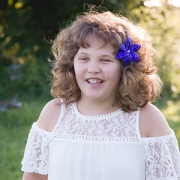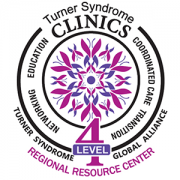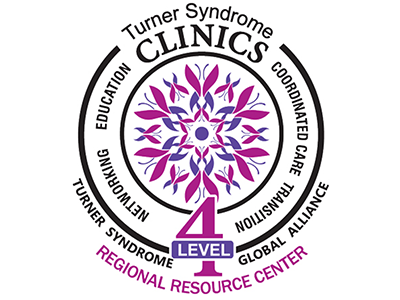Raising awareness about Turner Syndrome
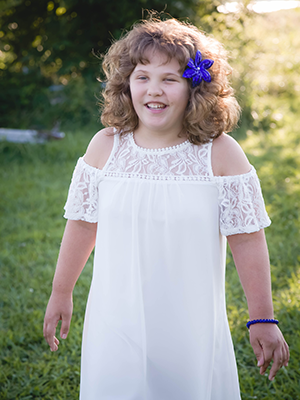
Gracie Popielarcheck was diagnosed at age one with Turner Syndrome.
By Roopa Kanakatti Shankar, M.D., M.S., Director of the Turner Syndrome Program at Children’s National Hospital.
The Children’s National Turner Syndrome Clinic is part of the Division of Endocrinology and Diabetes which is ranked by U.S. News & World Report as one of the top 10 programs in the nation. The clinic opened in January 2019 and is the first of its kind in the Washington, D.C., region. A multidisciplinary clinic is held once a month with a team experts in cardiology, endocrinology, psychology, gynecology and genetics to help care for the needs of patients with Turner Syndrome all in one day. The referral network of specialties includes neuropsychology, otolaryngology, audiology, orthopedics, urology and dentistry.
Turner syndrome (TS) is a rare disease affecting girls, with a prevalence of around 25-50 out of every 100,000 females. It is caused by partial or complete loss of the second sex chromosome. This affects multiple organs and can cause heart defects, skeletal abnormalities, hearing loss and learning difficulties. It also affects growth and puberty and can cause infertility. Although the condition was first described in 1938 by Henry Turner, an endocrinologist from Oklahoma, and is well characterized, there is a significant delay in diagnosis and recognition of the condition, especially in milder forms that can still significantly impact the well-being of the individual.
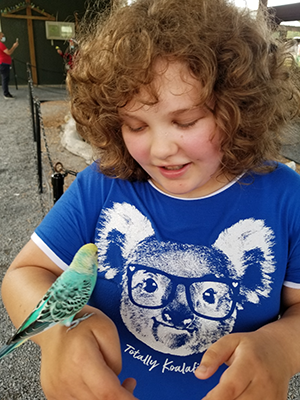
“Having a Turner Syndrome clinic near our city has made life so much easier,” says Gracie’s mom, Leslie Popielarcheck. “We can see all of Gracie’s specialists all in one day and under one roof.”
Families often ask why it took so long to recognize this condition. Many findings can be subtle, the presentation can vary greatly and often short stature may be overlooked in some girls. We now recognize that the classic form (monosomy X) impacts less than half of the girls and the rest have mosaicism (45,X/ 46XX) or other structural abnormalities in the X-chromosome. Recognizing features beyond the classic “short stature, neck webbing, lymphedema and cardiac defects” is indeed important to get timely care for these girls and women across the lifespan. Many have recurrent ear infections and hearing loss. Most have a normal intelligence, and even superior verbal skills but face challenges in visual spatial perception, executive function, working memory and social cognition that impact academic achievement.
13-year-old Gracie Popielarcheck was diagnosed with TS at the age of one after her parents noticed a delay in her speech and development. “We had never heard of Turner Syndrome when Gracie was diagnosed,” says Leslie Popielarcheck, Gracie’s mom. “Gracie didn’t have the classic physical features that girls with Turner Syndrome are known to have.”
With support, most of these girls and women can manage the medical and psychosocial challenges and rise to their full potential. Advances in the field and multidisciplinary care models have helped in the establishment of TS clinics across the country that strive to improve the standard care for these girls.
However, several challenges remain:
- Improving awareness among primary care physicians in regard to the extended spectrum and variability of presentation at a wide variety of ages
- Decreasing health disparities and making multidisciplinary clinics and comprehensive care available and accessible even to disadvantaged communities
- Ensuring adequate medical and social support for transition of young adults and care of adults with Turner syndrome
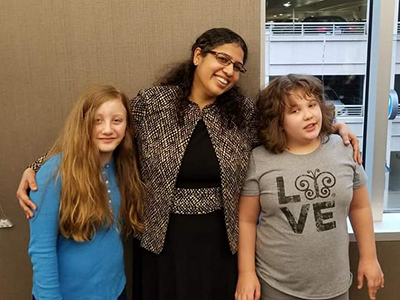
Kyra Dorfman, Dr. Shankar and Gracie.
Our TS program, initiated 2 years ago, aims to overcome these challenges and provide care to families impacted by TS in our community. We strive to serve as a Regional Resource for the community as well as physicians in our community and have been recognized by the TSGA (Turner syndrome Global Alliance) as one of only nine clinics nationwide with a Level 4 designation.
“Having a Turner Syndrome clinic near our city has made life so much easier,” Popielarcheck says. “We can see all of Gracie’s specialists all in one day and under one roof.”
As we highlight these resources for the Turner Syndrome Awareness Month this February 2021, and celebrate the strength and tenacity of our beautiful girls, we hope our efforts will improve recognition of the condition and delivery of comprehensive medical care and support to the community we serve.


